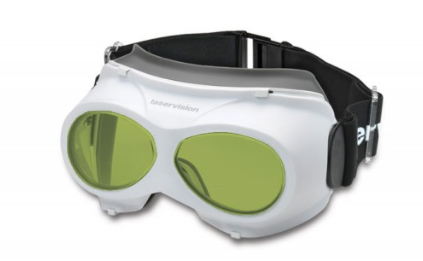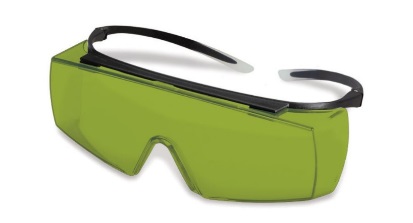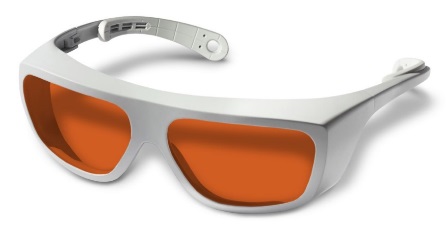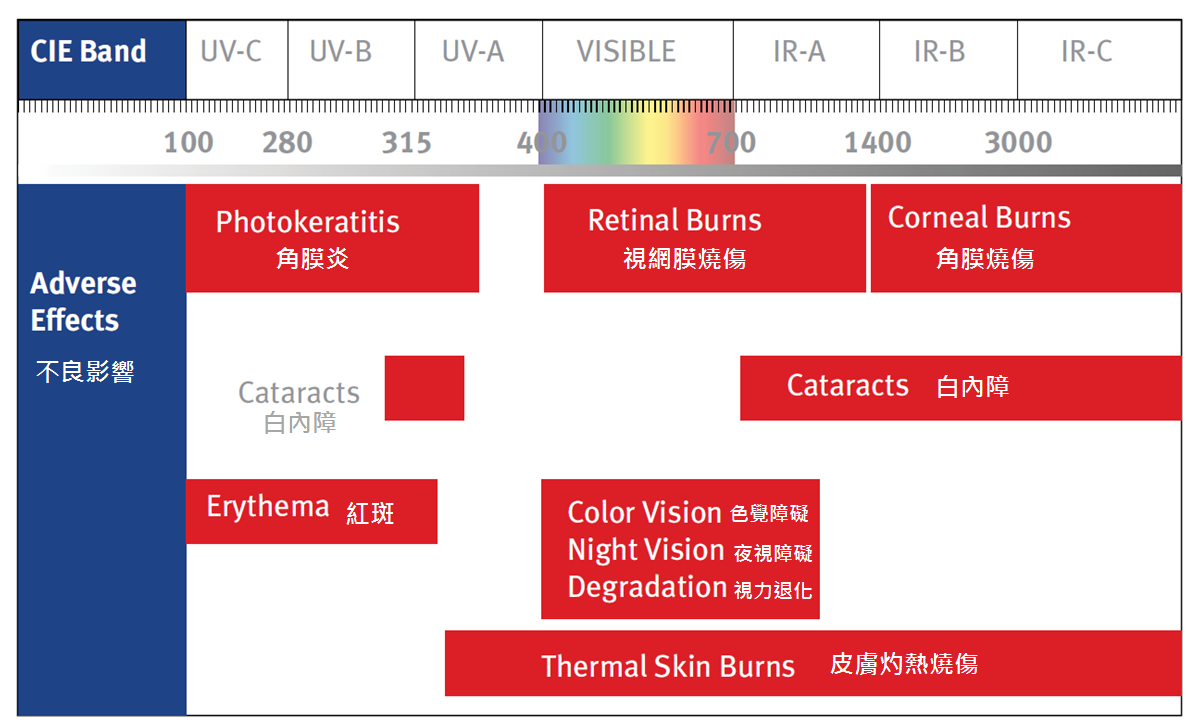Laser safety



Laser Protection
Use lasers in medical or industrial places must to wear the laser eyewear to ensure that eyes will not be damaged by the laser. 【Detail】
Damaged by lasers
- Retinal damage
- The visible and near-infrared wavelengths (IR-A) (400-1400 nm) penetrate the cornea in a small area of the retina, a process that enhances the optical energy density and causes damage to the retina. The spectral range (400-1400nm), also known as the retinal injury area, is the most harmful to eyes. If the macular area of the retina is damaged, the vision will be greatly affected. In severe cases, there is even a risk of blindness.
- Crystalline lens injury
- The near-ultraviolet wavelength (UV-A) (315-400 nm) is mainly absorbed by the crystal in this band, which causes cataract lesions. In normal circumstances, the crystal will aging along with the growth of the age. Exposed to near-ultraviolet wavelengths will accelerate aging and may cause presbyopia (the ability of the crystal to lose its ability to adjust or focus).
- Corneal injury
- Infrared (IR-B) and far-infrared (IR-C) (1400-1000000 nm), the energy of the beam is absorbed by the surface of the eye and thermally damaged by the cornea. Excessive expose under infrared light can cause blurred eyes and damage to the corneal surface. In the case of medium-ultraviolet (UV-B) and far-ultraviolet (UV-C) (100-315 nm), excessive UV exposure can cause keratitis (similar to arcing), blindness, and red-eye.
Laser wavelength damage to the eyes

- Laser wavelength 380 ~ 1400nm (visible and near-infrared)penetrates the cornea and crystals and is absorbed on the retina. A certain energy density can damage to the retina.
- Laser wavelength 180 ~ 315nm (UV) and 1400 ~ 10,000 nm (infrared)will be absorbed in the cornea, and a certain degree of energy will cause corneal damage.
- Laser wavelength 315 ~390 nm (near ultraviolet light)penetrates the cornea, but it is absorbed in the crystal. A certain energy density will cause damage to the cornea and the lens.
Shielding window
Can be placed on the device switch gate to prevent injury to the safety glasses. 【Detail】